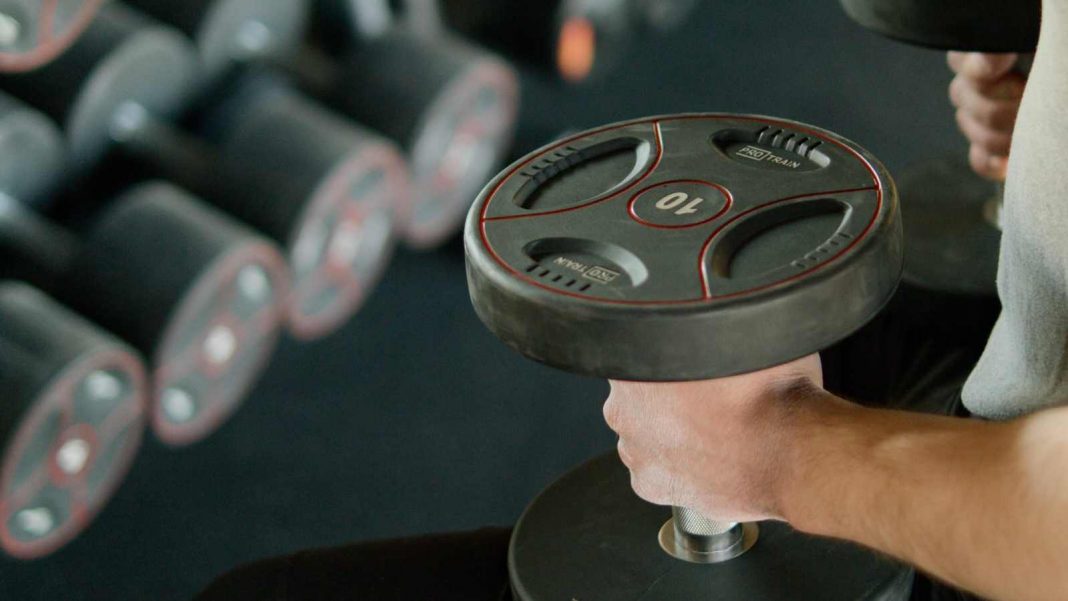Aging is a beautiful tapestry of memories, experiences, and wisdom. But it’s also accompanied by inevitable physiological changes, one of which is the loss of muscle mass. For older men, this isn’t just about aesthetics or power; it’s about maintaining health, independence, and vitality. By understanding the relationship between muscle mass and aging, and adopting strength training routines, older men can defy the expected trajectory of aging.
1. Sarcopenia: The Silent Thief
You might not have heard the term, but you’ve undoubtedly witnessed its effects. Sarcopenia is the progressive loss of skeletal muscle mass and function with age. It can start as early as one’s 30s and accelerates after the age of 60. It’s a silent issue but packs a punch – research indicates that by the age of 70, one could lose about 30% of muscle mass that was present in their 30s.
This muscle deterioration doesn’t just mean decreased physical strength. It’s linked to a myriad of health complications such as increased risk of falls, frailty, and even diminished life expectancy.
2. The Iron Prescription: Strength Training
While many might consider strength training the realm of younger athletes or bodybuilders, the reality is quite different. Strength training, or resistance training, can offer a veritable fountain of youth for older men.
A groundbreaking study found that even in individuals aged 90 and above, strength training led to significant muscle mass gains and improved walking speed – a critical metric for general health and independence in the elderly.
Strength training doesn’t just restore lost muscle. It enhances bone density, improves metabolic health, and boosts cognitive functions. It’s about holistic well-being. And you don’t necessarily need a full gym to get started. Resistance bands, dumbbells, or even body weight can serve as effective tools for initiating this journey.
3. The Digital Age of Fitness: Therapy Online
There’s no denying that starting strength training, especially later in life, can feel intimidating. But with the rise of digital health platforms, expertise is just a click away. “Therapy online” isn’t only about mental health anymore. Certified fitness trainers and physiotherapists now offer personalized strength training regimes tailored for older men via virtual platforms.
This online approach bridges the gap between the need for specialized training and the comfort of one’s home, ensuring consistent guidance, motivation, and technique correctness.
4. Breaking the Myths
Let’s clear the air around some myths regarding older men and strength training:
“Older adults should focus on cardio and avoid weights.” While cardiovascular health is crucial, strength training provides benefits that cardio alone can’t, such as reversing muscle mass loss, improving bone density, and enhancing metabolic health.
“Strength training is dangerous for older men.” With proper guidance and by starting slow, strength training is not only safe but is often recommended to prevent injuries that can result from weak musculature.
“It’s too late to start.” It’s never too late. A study showed that men in their 70s and 80s, who began weight training, saw muscle mass gains similar to men in their 20s and 30s. The body’s ability to adapt remains remarkable even in advanced age.
Conclusion: Embrace the Strength Within
It’s time to rewrite the narrative on aging. The golden years can truly shimmer with strength, vitality, and autonomy. With the growing awareness of sarcopenia and the ever-expanding tools and resources available, including therapy online, older men have all they need to embrace strength training and live their best lives. Every rep, every set is a step toward a healthier, stronger and more vibrant self.







